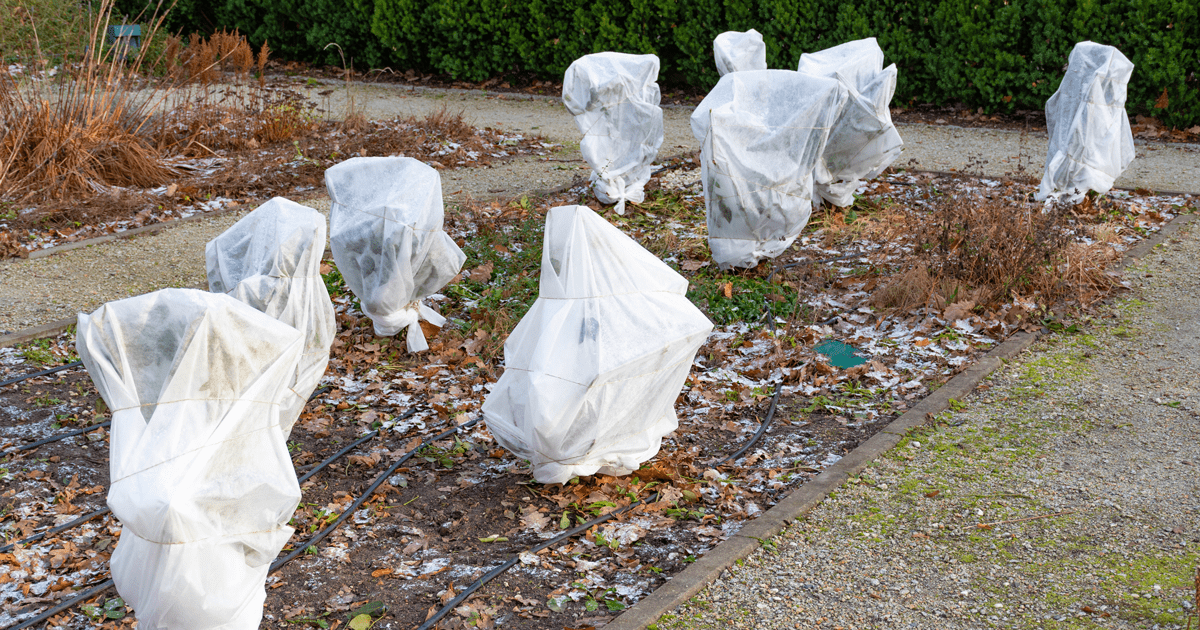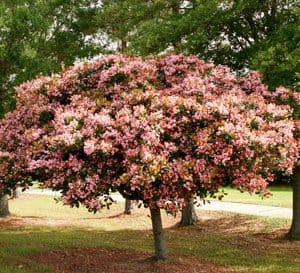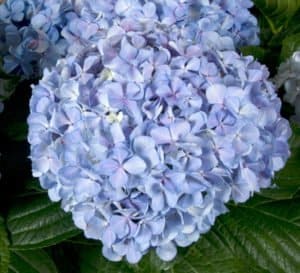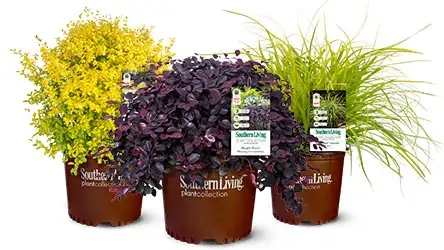If your garden has decided it is spring already, and below-freezing temperatures are on the way, don’t despair. You can cover your plants with materials you have at home, and protect them against the worst effects of frost or freezing weather.
Protect these plants first:
- You may want to cover plants with new growth or blooms, or those plants you have only recently added to your garden or landscape.
- Deciduous plants that only have minimal new leaf growth on their stems may not need to be covered. Evergreen plants that are cold-hardy in your zone also can sometimes handle a brief brush with freezing temps.
- For your container gardens, a good rule of thumb is to consider the climate of a container to be two hardiness zones colder than your local climate. Consider bringing them indoors or moving them to a sheltered location. Even grouping several containers together and surrounding them with leaves can provide some protection.
Ideal frost covers for your plants:
- Fitted sheets or towels. Loosely drape these cloth coverings (not plastic) over the plant. If it’s long enough, let it drape on the ground on all sides to trap in the ground’s residual warmth.
- Frost protection blankets. This store-bought option is light and covers a large area, perfect for covering bulbs, perennial plantings or vegetables and herbs.
- Extra plastic plant pots. Simply turn the pot over on any small plant that needs a roof for a night!
Note: Plants like fresh air and sunlight! Leave the cover on for as short of a time period as possible. Add when temperatures are dropping into the low 30s, and then remove as soon as the weather warms above freezing.









